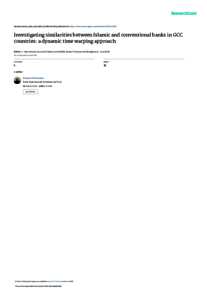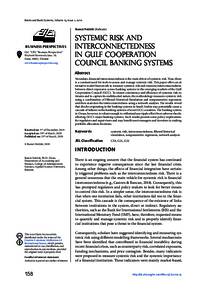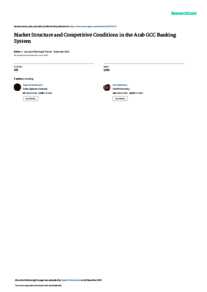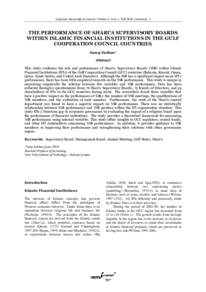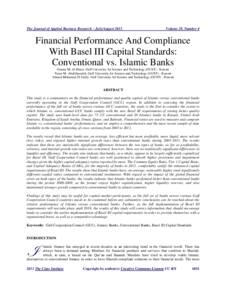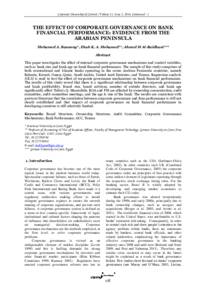Document
Investigating similarities between Islamic and conventional banks in gcc countries : a dynamic time warping approach.
Identifier
DOI: 10.1108/IMEFM-11-2020-0565
Source
International Journal of Islamic and Middle Eastern Finance and Management. v. 16, 1, p. 103-129
Contributors
Ben Hamed, Adel., Author
El-Montasser, Ghassen., Author
Country
England.
City
Leeds
Publisher
Emerald Publishing Limited.
Gregorian
2023-01-25
Language
English
Subject
English abstract
Purpose: Several studies have studied the points that distinguish Islamic banks from conventional ones. The corresponding conclusions are a bit contradictory. This paper aims to study the similarities between Islamic and conventional banks in the Gulf countries using a new approach, namely, the clustering method based on dynamic time warping (DTW) distance. Design/methodology/approach: To study the similarities between Islamic and conventional banks, in Gulf Cooperation Council (GCC) countries, this study used the DTW distance. Then, a clustering based on this distance was carried out to find out which banks are the most similar. Finally, the authors have studied the factors that explain these similarities. Findings: This empirical study covered 44 Islamic banks and 46 conventional banks in GCC countries during 2006–2015. The results show that Islamic and conventional banks are included in the same cluster for Qatar, Bahrain and Oman. In contrast, Islamic and conventional banks do not share the same cluster for the Kingdom of Saudi Arabia, Kuwait and the United Arab Emirates. This is because of the establishment of interest rates below discount rates. In this case, banks are incentivized to take more risks to compensate for interest losses, which increases efficiency and allocates Islamic and conventional banks to different clusters. Accordingly, there is no absolute discrimination because of the initial status between Islamic and conventional banks. However, the overall banks, either Islamic or conventional, are discriminated through the distance of the banking applied interest rate and the social discount rate. Originality/value: DTW distance-based clustering is a very suitable method for emphasizing the similarities that may exist between conventional and Islamic banks. This technique has not previously been used in the literature in question.
ISSN
1753-8394
Category
Journal articles

